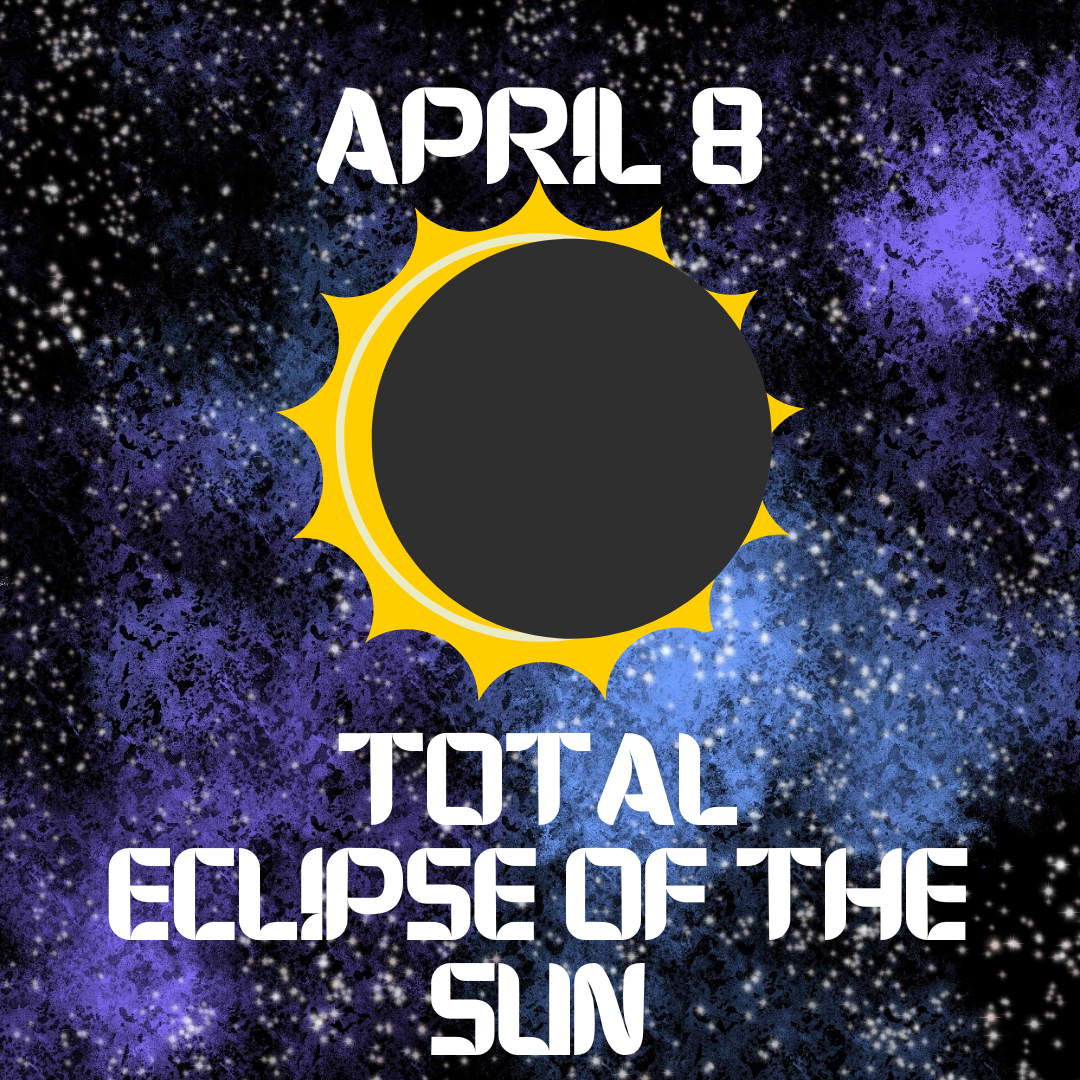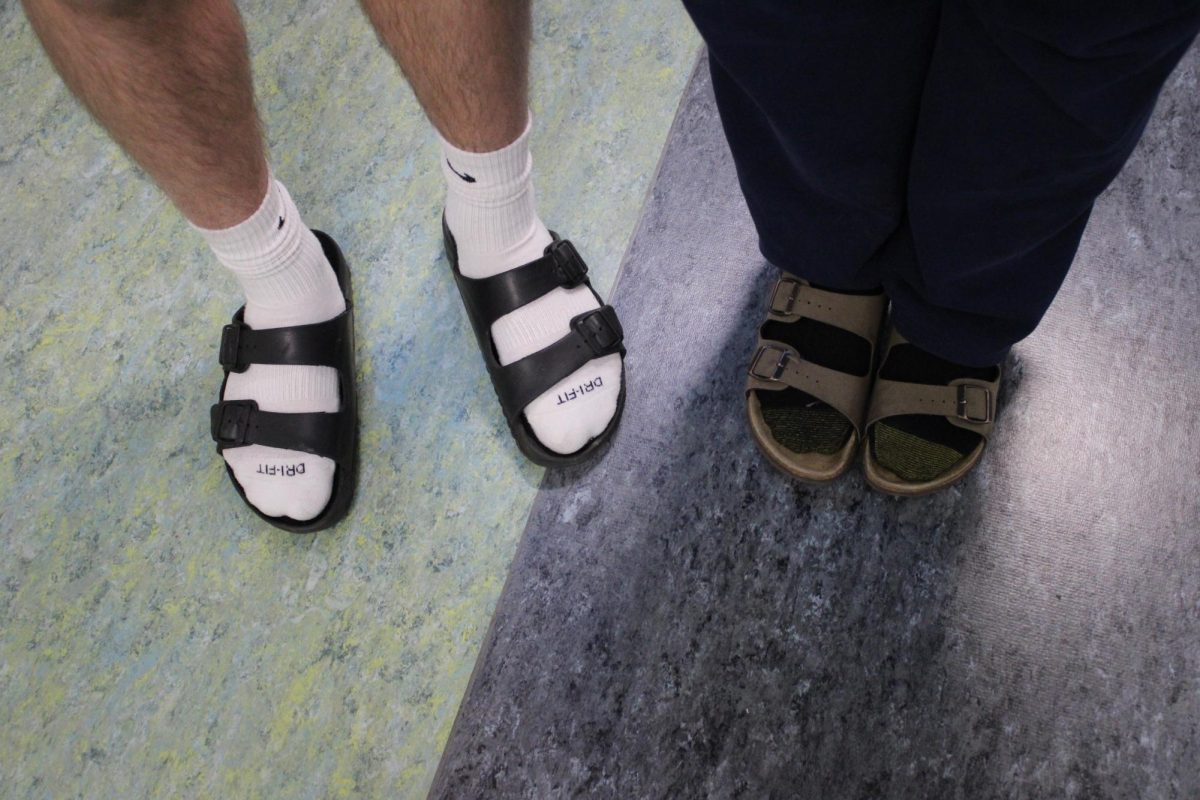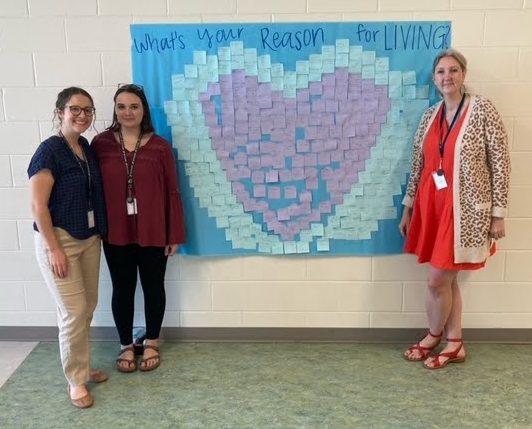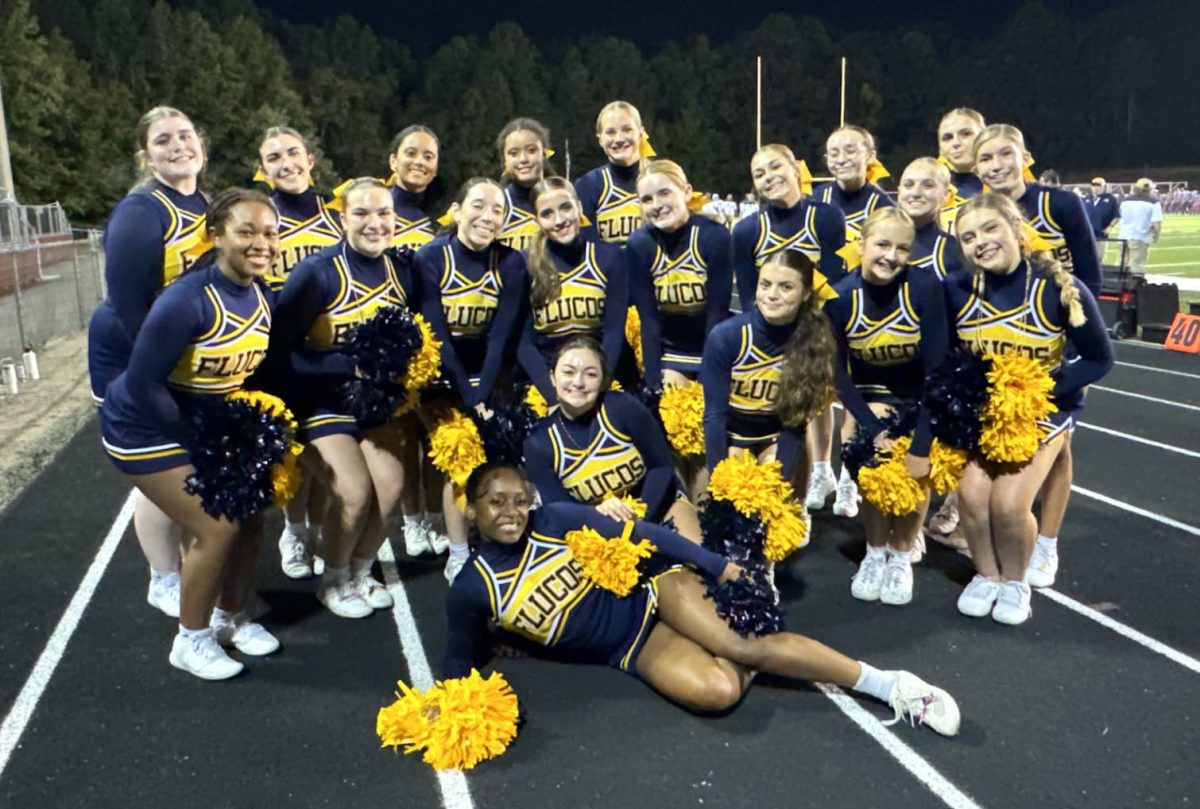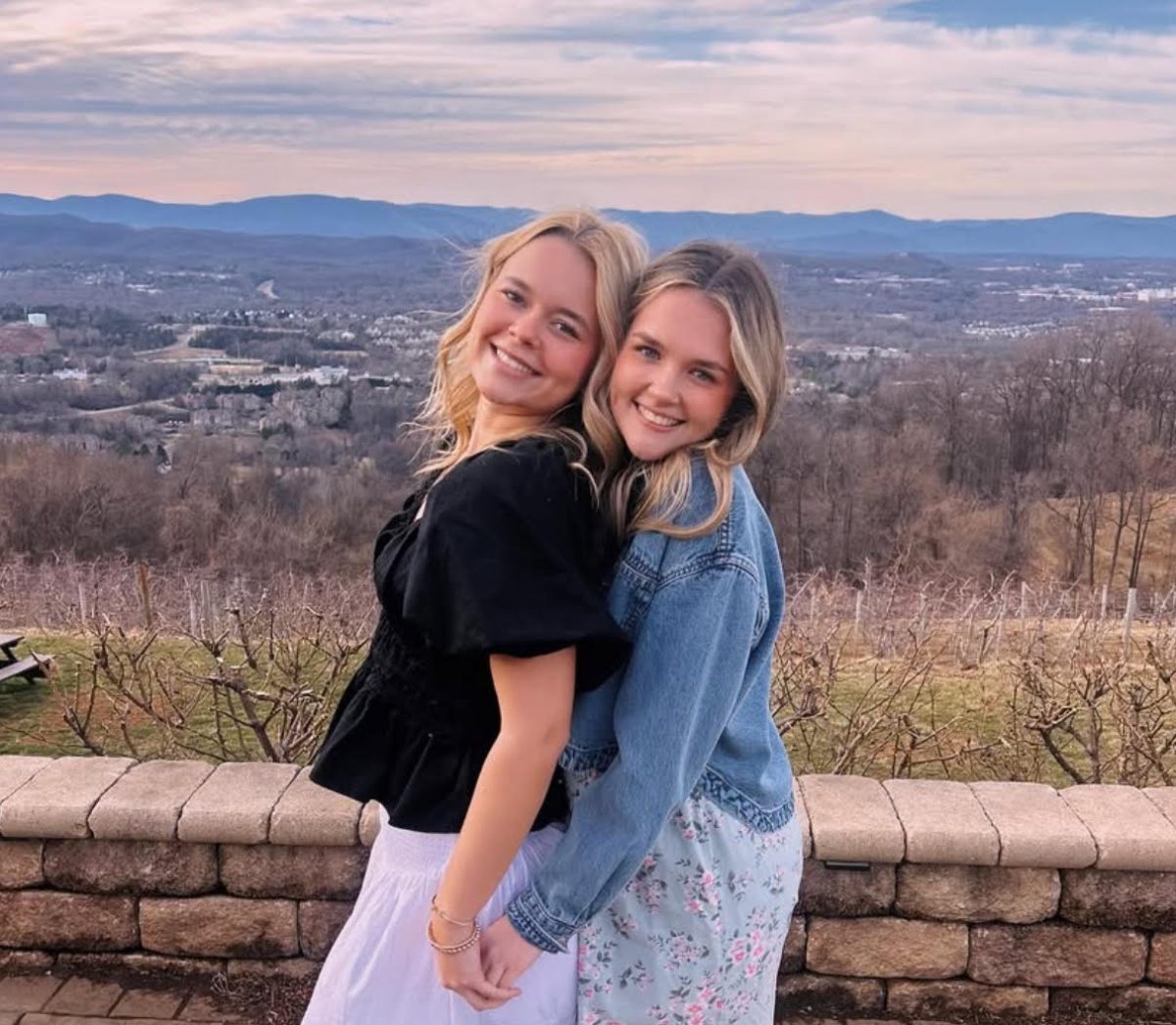Fluvanna County Public Schools will be having an extra day of spring break due to the solar eclipse on Monday, April 8. Fluvanna will be experiencing a partial solar eclipse between 2:45 and 3:30 pm, the time when all schools in the county are getting out. Out of an abundance of safety, the school board decided to extend spring break by one day, so April 8 will be a student holiday and staff work day.
“Our decision was based upon the collective discretion of our principals, division leaders, nursing staff, and school board,” said superintendent Dr. Peter Gretz in an email sent to FCPS faculty on March 24. “Considering the added cost of purchasing solar eclipse glasses when the eclipse will occur during a time when staff are not able to monitor students’ use of them and the potential hazardous and increased disruptive behavior on the buses and in student vehicles during the event, we believe resources will be better served by providing an unencumbered workday for staff and families to enjoy an additional day of spring break,” he added.
For students and families who want to safely view the eclipse, Gretz suggests visiting the Fluvanna County Public Library. “[They] are offering solar eclipse glasses to those who need them in order to experience the eclipse safely,” he noted.
Not every student wants to view the eclipse. Some still have memories from the 2017 eclipse that passed over Fluvanna, while some have concerns.
“I am not going because I do not want to hurt my eyes, plus I just don’t want to watch it,” said freshman Kylee Baumgardner.
It takes some planning to experience this event. Students and families interested in seeing the total solar eclipse, where the moon completely covers the sun, will want to know where the path of totality is, how to get protective glasses, and the best methods for watching it. For more information on the eclipse, check out NASA’s website for tips on how to view the eclipse safely.
All of the lower 48 states will see the moon at least clip the sun, but the sight is a trifle compared to being in the path of totality. The narrow path includes or is near some of the nation’s largest cities, including Indianapolis, Indiana, and Cleveland, Ohio. Individuals who want to see the total eclipse should expect millions of people to crowd into a band of land a little over 100 miles wide that spans from the border between Mexico and Texas to the border between Maine and Canada.
Another total solar eclipse that passes over Fluvanna will not occur for another two decades. NASA breaks down the math to roughly two to three solar eclipses each year. For total solar eclipses, where the moon completely covers the sun, it works out to two eclipses every three years. In a total solar eclipse, when the sun, moon, and earth align and a narrow piece of land is plunged into the moon’s shadow.
For more tips on safely viewing the April 8, 2024 total solar eclipse, check out these sites:
The National Eye Institute
Exploratorium
NASA
National Parks Service

